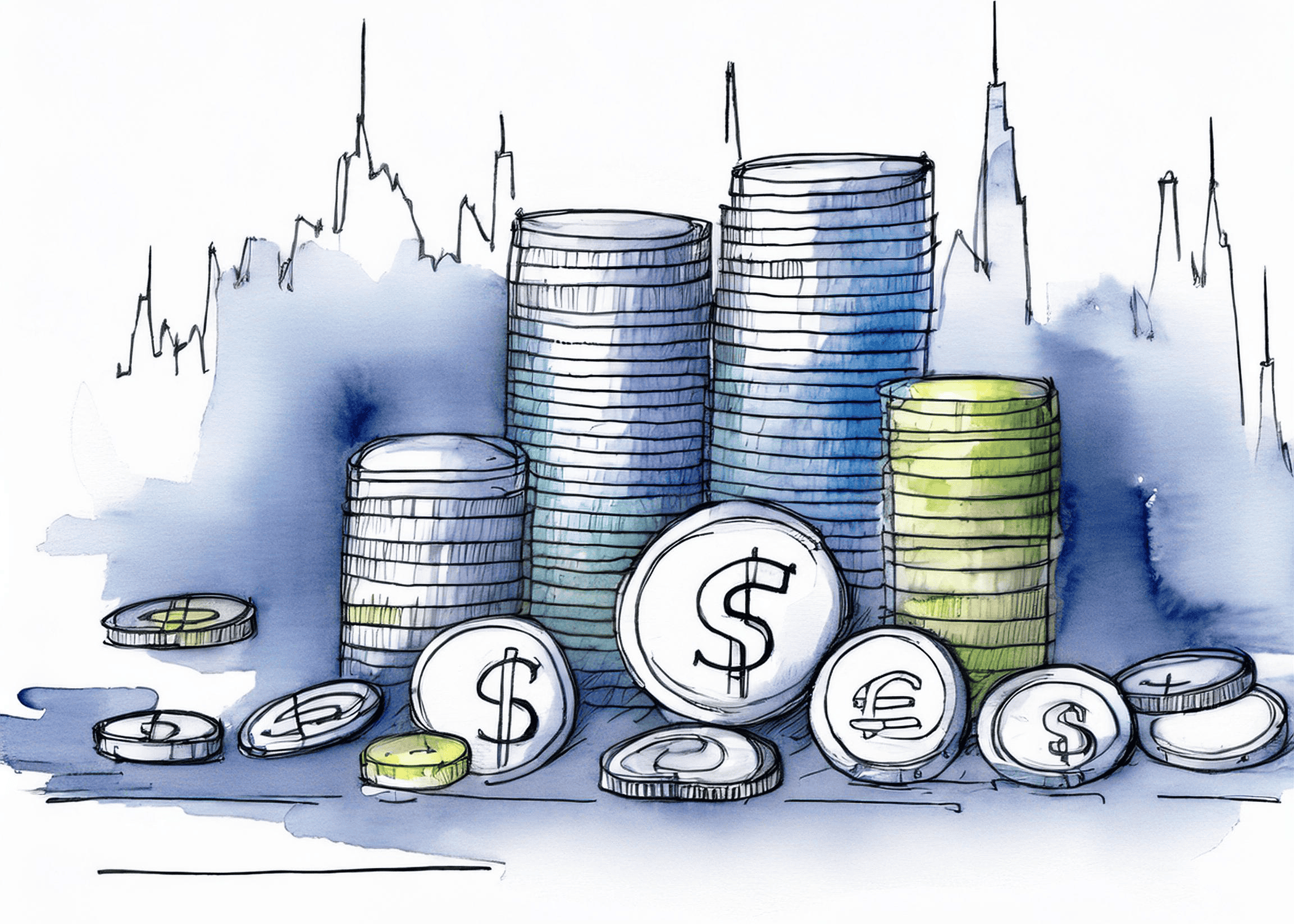How to Price Your Children's Book: A Friendly Guide for Self-Publishers
Salut! If you’ve decided to dive into the self-publishing adventure with your children’s book, you might be scratching your head about one important question: How do I set the right price? Pricing isn’t just about picking a random number; it’s more like a balancing act where you need to consider your costs, what your readers think your book is worth, and what similar books are charging. Don’t worry! I’m here to help you figure it all out in a way that feels easy and approachable. Let’s get started!
What to Think About When Setting Your Price
When it comes to deciding how much to charge for your children’s book, there are a few key things you should think about:
1. Production Costs: First things first, you need to calculate how much it costs to create your book. This includes printing (like choosing between print-on-demand or bulk printing), hiring an illustrator (which can be a big expense for kids' books), and editing your story to make sure everything is just right.
2. Book Format: The kind of book you're selling—whether it’s a hardcover, paperback, or ebook—also affects how you price it. Hardcover books usually cost more because they’re sturdy and look great, while paperbacks and ebooks are often easier on the wallet.
3. Page Count and Size: How many pages your book has and how big it is matters too! A bigger, colorful picture book can have a higher price than a small chapter book aimed at early readers.
4. Who You’re Selling To: Think about your target audience. Books for younger kids are often priced lower, while books for older children or tweens can sometimes be sold for a bit more.
5. What Others Are Charging: Check out similar books in your genre. Seeing what they’re priced at can help guide your own pricing decisions.
Getting a Handle on Your Costs
You want to have a clear picture of all your costs before you set your price. Make a list of everything you’re spending money on, like:
- Illustration costs: This can vary quite a bit depending on who you hire.
- Editing and formatting: Professional services can add up, so don’t forget those.
- Publishing fees: If you’re using a platform like Amazon KDP, be aware of their fees.
Once you know your total expenses, find out your break-even point. This is how much you need to charge just to cover your costs. Anything above that can help you make a profit!
Smart Pricing Strategies
Here are some strategies to think about when pricing your book:
- Cost-Plus Pricing: This means adding a little extra to your costs to make sure you earn a profit. It’s straight to the point and helps you cover your expenses.
- Value-Based Pricing: This involves charging based on what readers think your book is worth. If your story is especially special or unique, you might be able to price it higher.
- Competitive Pricing: Look at what other similar books are priced at. This will help ensure you're not priced too high or too low.
Print-on-Demand vs. Offset Printing
Your choice between print-on-demand and offset printing can really affect your prices.
- Print-on-Demand (POD): With this option, you only print the copies you need. It’s great for low costs upfront, but each book might cost a little more to produce.
- Offset Printing: This is better for printing larger quantities and can save you money per book. But remember, it needs a bigger initial investment.
Pricing for Different Formats
Different types of books have different pricing points:
- Hardcover Books: Because they’re more expensive to make, hardcover children’s books can usually be priced between $20 and $30.
- Paperback Books: These typically sell for around $10 to $15, but remember to consider your costs when deciding.
- Ebooks: Since ebooks are cheaper to produce, pricing them between $2.99 and $9.99 is quite common. Be sure to keep the competitive market in mind.
Where You Sell Can Make a Difference
The place where readers can buy your book can also impact your price:
- Amazon KDP Royalties: Know their royalty structure, as pricing too low might mean you earn only a little.
- Other Online Retailers: Check their pricing rules to make sure your book is priced right.
- Physical Bookstores: Remember, brick-and-mortar stores usually want a discount, and you'll need to factor that into your pricing plan.
Common Pricing Mistakes to Watch Out For
As you set your price, keep an eye out for these common mistakes:
- Pricing Too High or Too Low: Setting your price too high might scare away buyers, while too low can make people think your book isn’t valuable.
- Forgetting Costs: Make sure you’ve included all your production and distribution expenses so you don’t end up losing money.
Testing and Adjusting Your Price
Remember, pricing isn’t something you set and forget. Regularly check and adjust based on what you see:
- Run Promotions: Try out limited-time discounts to see if they boost your sales.
- Check Sales Data: Keep track of how many books you sell. If something isn’t working, don’t hesitate to change your price!
Marketing Your Price
Your book’s price can also send messages to readers about its value. Here are a couple of marketing ideas related to pricing:
- Use Price as a Marketing Strategy: Create special promotions to encourage sales, like a temporary discount that adds excitement.
Conclusion
Finding the right price for your children’s book is crucial for your self-publishing success. It takes time, experimentation, and a little bit of flexibility, but you’ll get there! Keep revisiting your pricing strategy as needed. With some thoughtful planning and adjustments, you can turn your dream of being a children’s author into a reality. You've got this!
